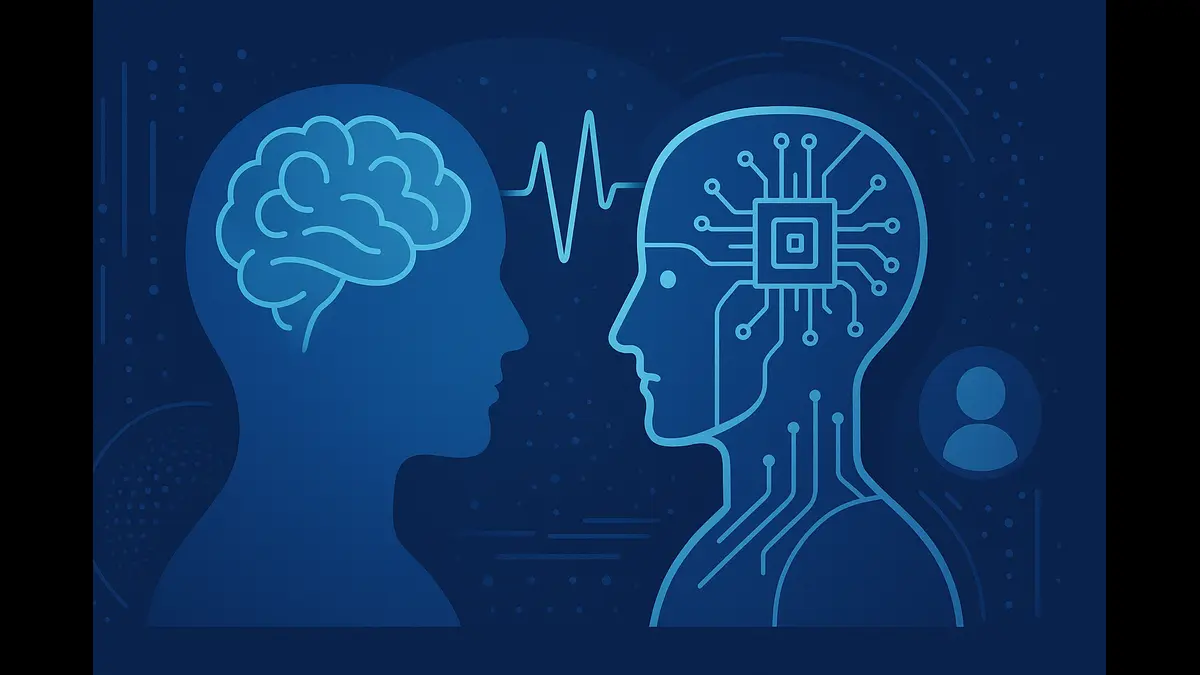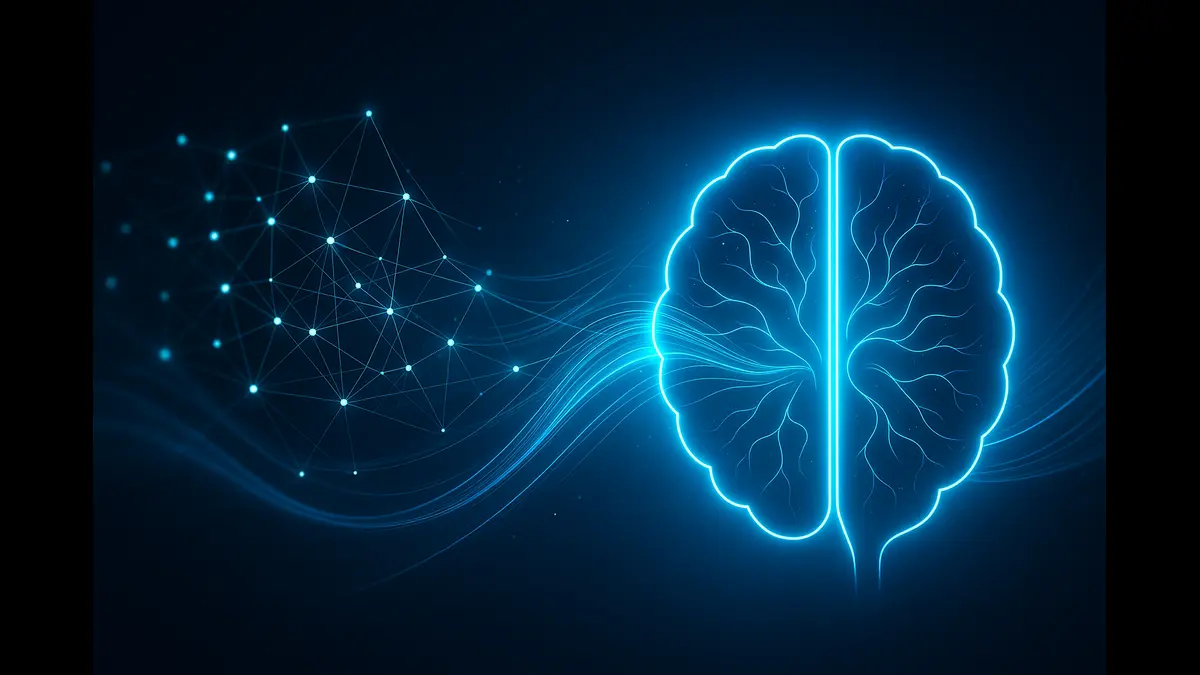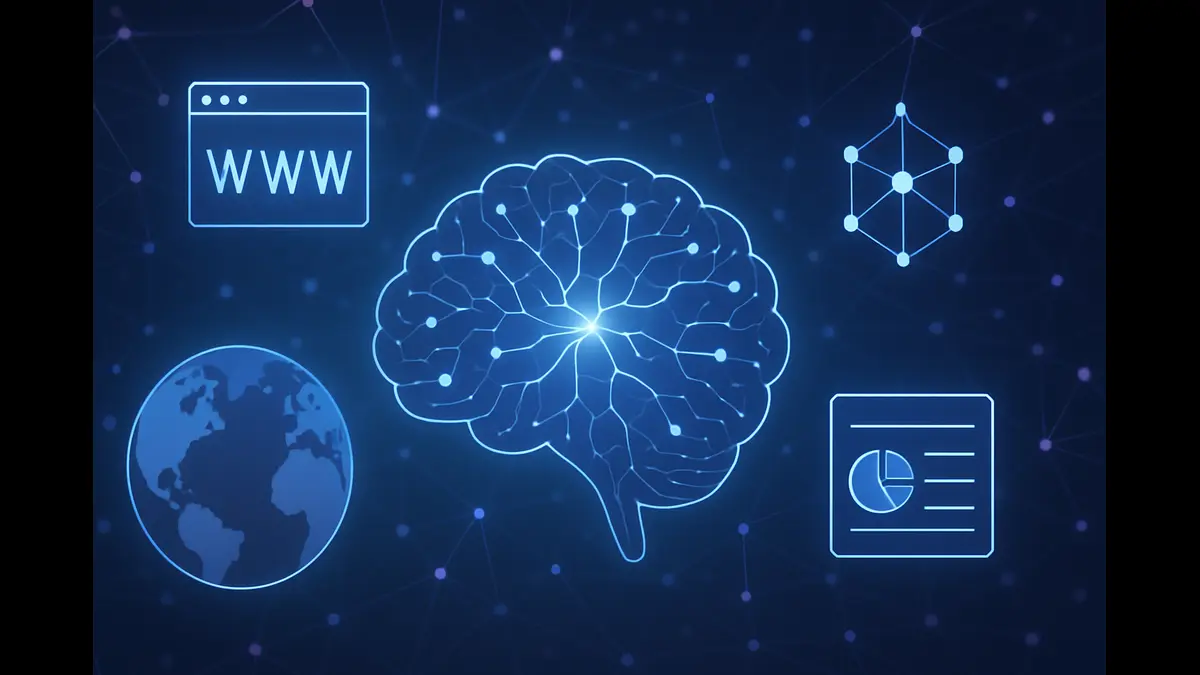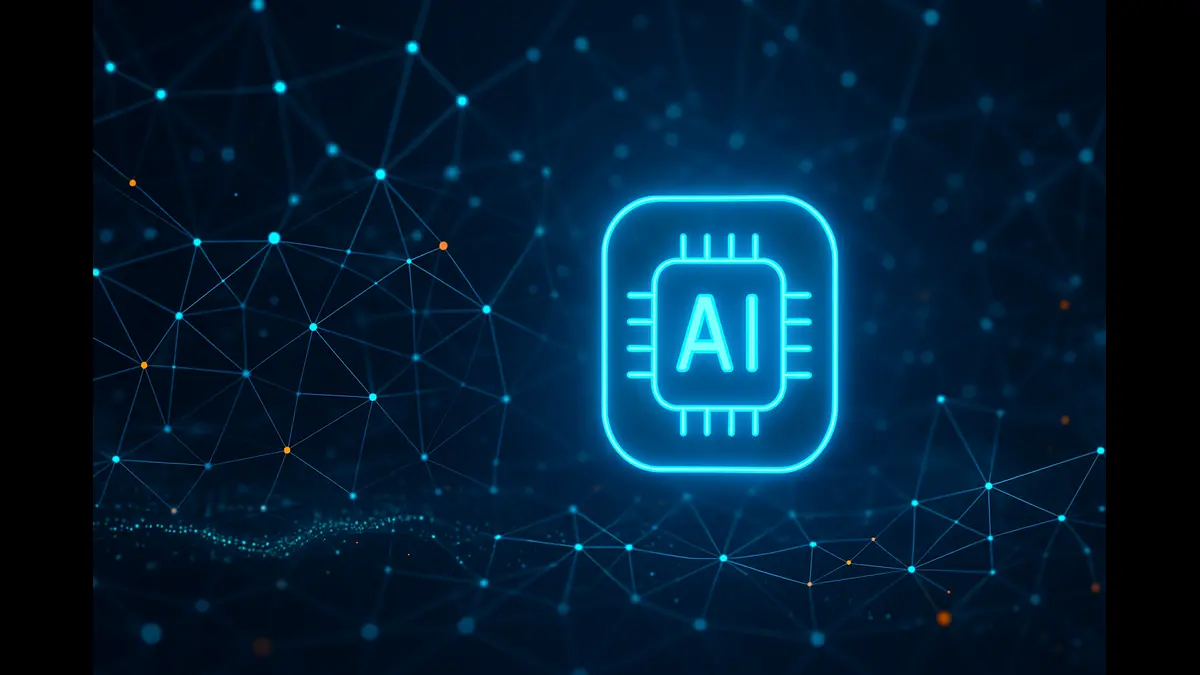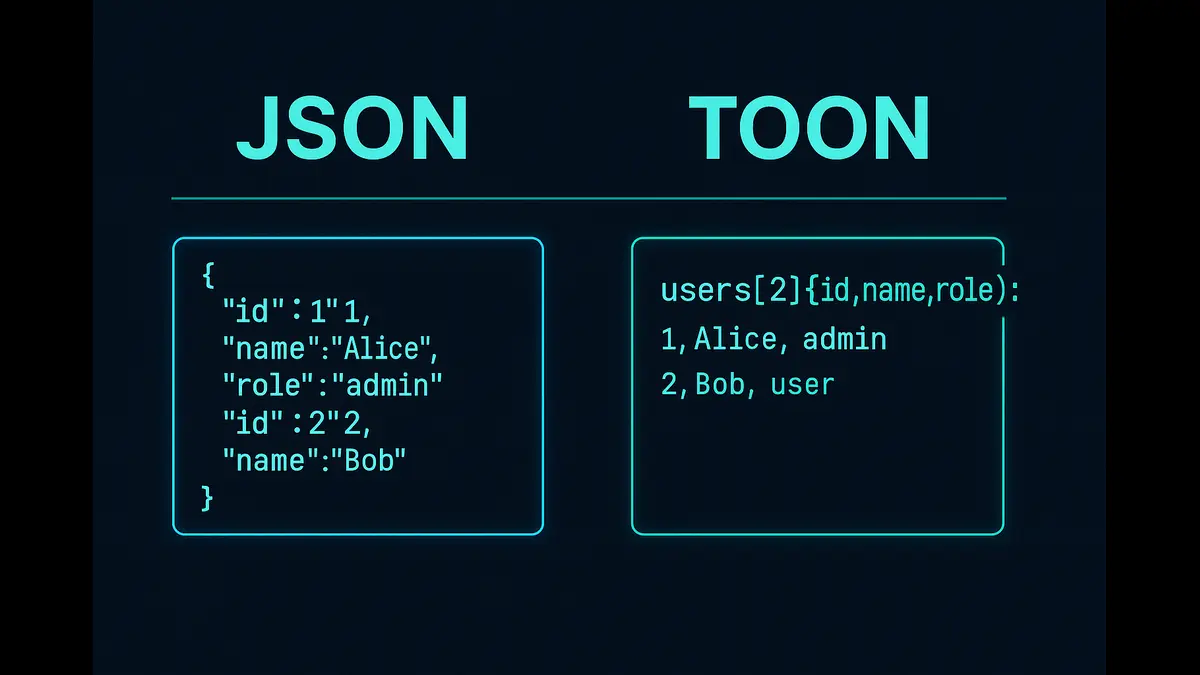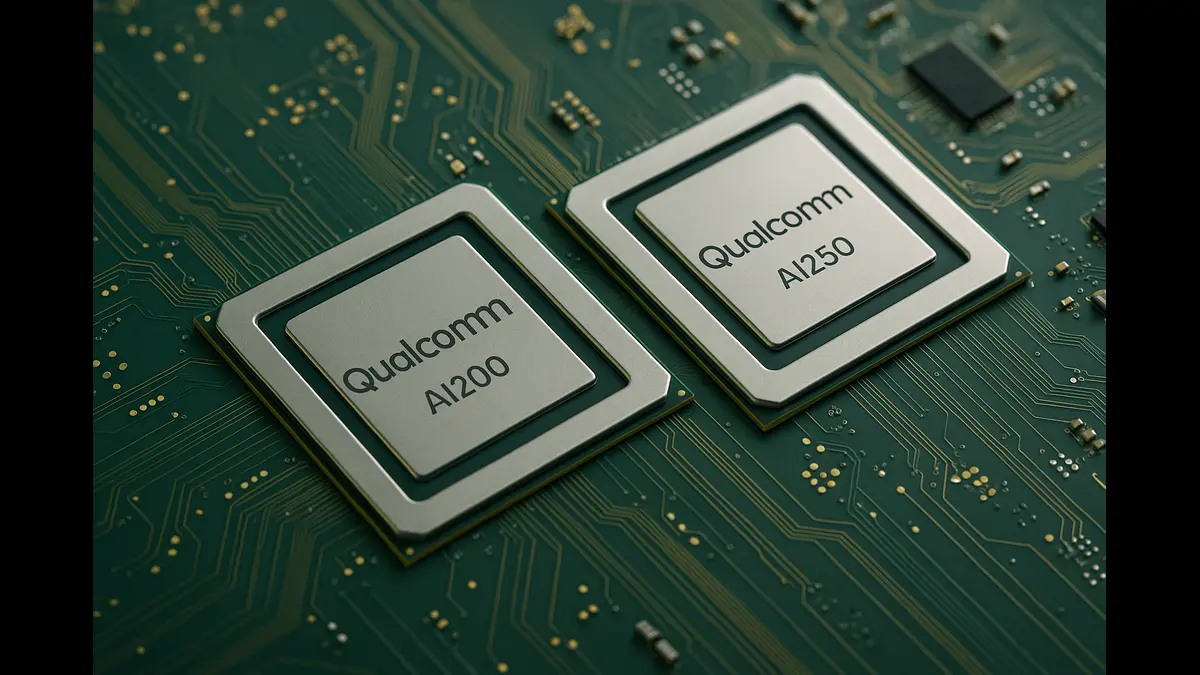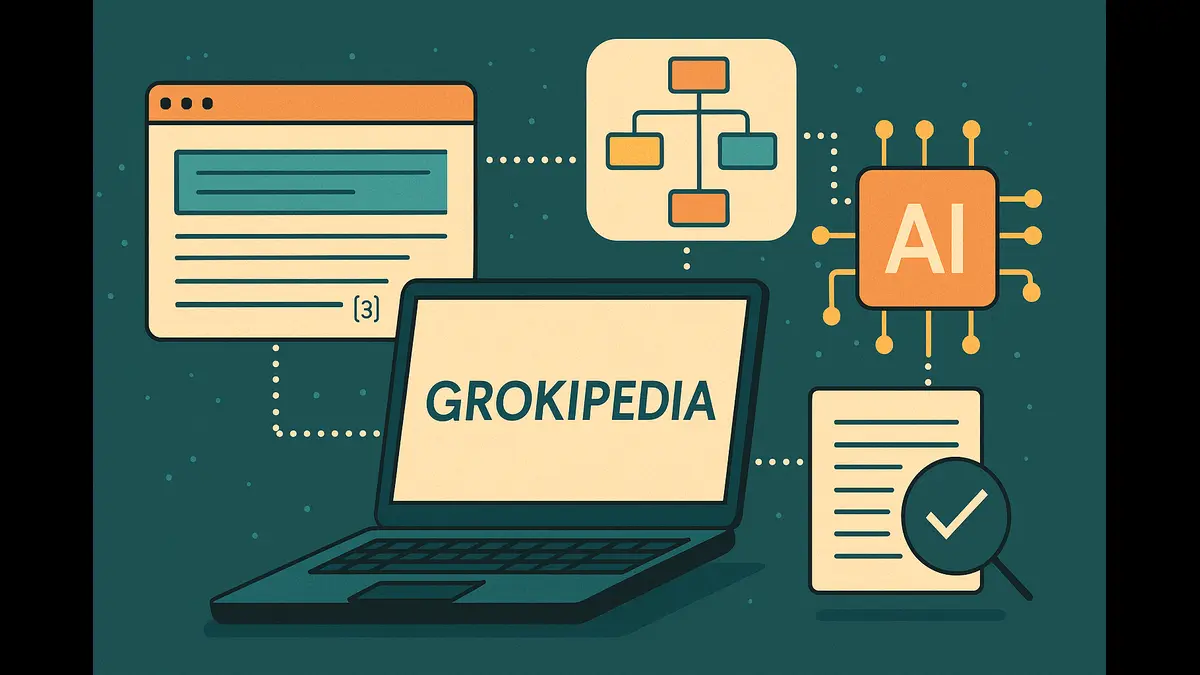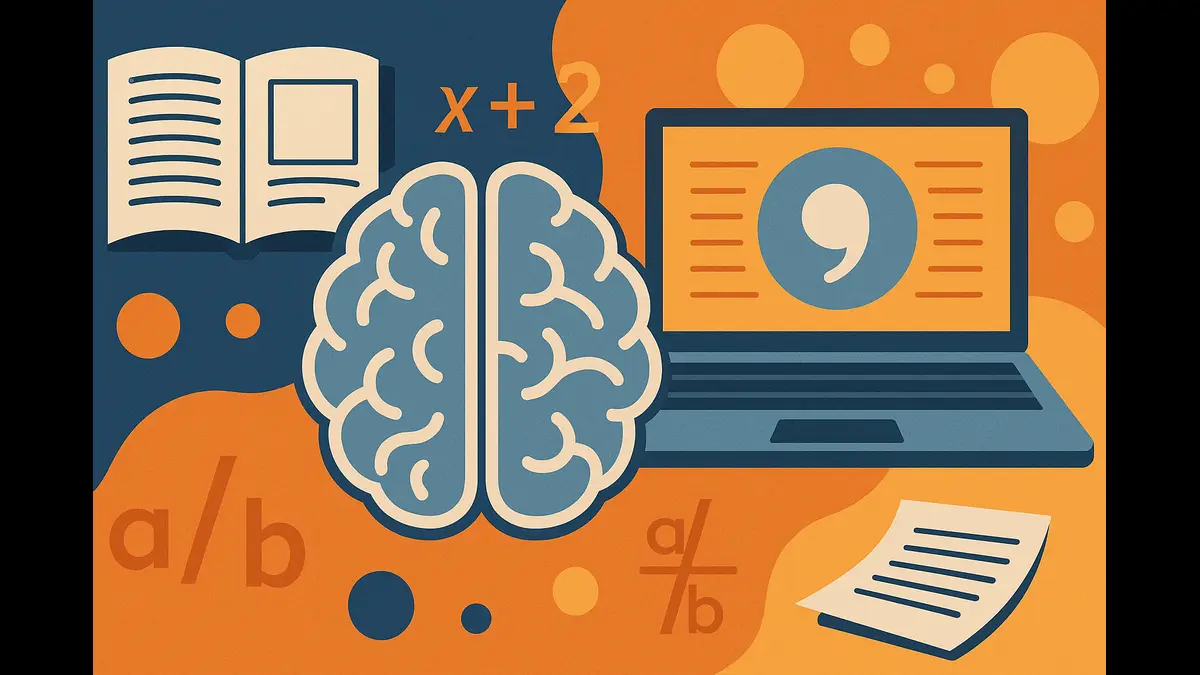
Students are mastering speed with AI—but are we losing depth? OUP’s new data sparks a global rethink on what learning means in the age of chatbots
In an era where information is as accessible as water from a tap, artificial intelligence (AI) tools are transforming education. Picture a high school student querying a chatbot for instant insights into the French Revolution or a calculus problem—efficient and seamless. Yet, a critical question looms: Does this convenience come at the cost of deep, critical thinking? The Oxford University Press (OUP) report, Teaching the AI-Native Generation, surveying 2,000 UK students aged 13–18, reveals widespread AI use in schoolwork but highlights challenges in discerning accurate information. These findings, echoed in outlets like Business Insider, suggest a trade-off between speed and substance, raising questions about how education shapes young minds.
This article is grounded in the OUP report and informed by broader discourse, examines AI’s impact on adolescent cognition, its potential risks to analytical skills, and strategies for educators, policymakers, and parents to ensure technology enhances rather than undermines intellectual growth.
The Allure of AI: Efficiency in the Classroom
The OUP report reveals that 80% of students use AI tools for tasks like drafting essay outlines, solving equations, or summarizing texts. About 26% report that AI makes schoolwork “too easy,” enabling faster completion and freeing time for extracurriculars or advanced topics. For example, a student might use AI to generate a literature review in minutes, leaving hours for debate practice or science projects. This efficiency aligns with the report’s framing of today’s teens as the “AI-native generation,” who view technology as a natural part of their learning toolkit, not a novelty.
However, this ease has trade-offs. Approximately 60% of students worry that AI encourages copying over originality, a concern that suggests reliance on tools like ChatGPT may reduce opportunities for creative thinking. While the OUP report doesn’t directly measure depth of thinking, secondary commentary, such as Business Insider’s headline about “faster but shallower thinkers,” interprets these findings as pointing to a potential erosion of intellectual rigor.
On platforms like X, educators echo this sentiment. A history teacher noted, “Students use AI for quick summaries, bypassing the struggle with primary sources that builds analysis.” Another warned, “We’re risking graduates with polished outputs but shallow understanding.” These perspectives suggest that while AI democratizes knowledge, it may streamline thought processes, a concern inferred from the report’s data on copying and ease.
The Challenge of Discernment: Navigating AI’s Pitfalls
A central finding of the OUP report is that only 47% of teens feel confident identifying accurate AI-generated content, 32% report they can’t tell if AI outputs are true, and 21% are unsure. This lack of discernment is troubling in an era of misinformation, where deepfakes and algorithmic biases abound. For instance, a student might accept an AI-generated explanation of climate change without verifying its accuracy, potentially internalizing errors. While the OUP report focuses on classroom implications, broader discussions highlight AI’s tendency to “hallucinate” or produce misleading content, amplifying risks for adolescents still developing critical thinking skills.
The report also reveals trust issues in classrooms: one-third of students believe teachers lack confidence using AI, and nearly half worry about peers cheating undetected. This undermines the mentor-student dynamic essential for fostering inquiry. Imagine a classroom where students doubt their teacher’s tech savvy or suspect widespread cheating—such an environment stifles intellectual risk-taking. Although the OUP report doesn’t directly address long-term societal impacts, commentators in X raise concerns about a future workforce adept at quick tasks but less equipped for ethical or creative challenges. These risks, while plausible, extend beyond the survey’s scope, reflecting interpretive worries about AI’s broader influence.
Educators and Experts Opinion:
On X, some educators suggest rethinking traditional assessments. Instead of written essays, students could engage in oral defenses or live presentations that require them to explain their reasoning in real time—an approach that reduces dependence on automated tools and rewards genuine understanding. Others advocate a return to foundational learning that prioritizes wisdom and context over mere information recall. They argue that revisiting classical texts and enduring ideas can ground students in cultural literacy while fostering discernment in a rapidly changing world.
Many experts emphasize the importance of analytical questioning—encouraging learners to explore the “how” and “why” behind concepts rather than simply reproducing facts. A science teacher, for instance, might ask students to design and justify an experiment, a task that demands authentic reasoning beyond what AI can easily simulate. Commentators across media warn that an overreliance on quick AI-generated answers risks flattening public discourse, replacing depth with speed. Even within the tech community, voices are emerging that question the evolving role of formal education as automation reshapes traditional skill sets.
Across these perspectives runs a common thread: AI’s promise in education must be matched by thoughtful integration. Initiatives such as OUP’s AI and Education Hub reflect a growing recognition that digital literacy is not just about using technology effectively, but about teaching students to think critically alongside it—using AI as a collaborator rather than a crutch.
Charting the Path Forward: Balancing Innovation and Integrity
To harness AI’s benefits while addressing its risks, the OUP report and related discussions suggest a multifaceted approach:
Media Literacy: Schools must teach students to verify AI outputs and detect biases. For example, a social studies class could compare AI-generated summaries with primary sources, fostering critical evaluation. Finland’s education system, which embeds digital literacy across subjects, offers a model, with studies showing improved student discernment.
Innovative Assessments: Shift to tasks like collaborative projects or oral presentations that reward original thinking. A literature teacher might ask students to debate a novel’s themes in groups, requiring synthesis AI can’t easily replicate. Such approaches align with the OUP’s call for adaptive education.
Teacher Training: Professional development, supported by OUP’s AI and Education Hub, can equip educators to integrate AI effectively. In Singapore, teacher training in technology has boosted student engagement, a strategy worth emulating.
Parental Engagement: Parents can encourage offline reflection through family discussions or diverse media exposure. A parent might challenge their teen to analyze a news story using non-AI sources, building independent reasoning.
Policy Support: Policymakers could mandate AI ethics modules, as seen in EU regulations, to teach students about transparency and bias. Australia’s pilot programs in tech ethics have increased student awareness, offering a blueprint.
AI’s potential in education is immense—personalized tutoring, global access for underserved communities—but without safeguards, we risk prioritizing speed over substance. A rural student might use AI to access advanced physics lessons, leveling opportunities. Yet, the OUP’s findings—80% AI use, 26% finding tasks “too easy,” 47% confident in accuracy—underscore the need for balance. While concerns about eroded thinking or workforce readiness are interpretive, they draw on real anxieties about copying and discernment.
AI in the classroom is a double-edged sword, offering efficiency while challenging critical thinking. The OUP report’s data—80% of students using AI, 32% unable to spot falsehoods—highlights both promise and peril. Broader concerns about shallow thinking or societal impacts, while not directly from the survey, reflect legitimate fears amplified by educators and experts. Will we harness AI to elevate education, fostering curious, analytical minds? Or will we let it erode the skills that define us? The OUP’s AI and Education Hub and global models like Finland’s offer paths forward. By prioritizing media literacy, innovative assessments, and collaborative strategies, educators, parents, and policymakers can ensure AI empowers students to think deeply, not just quickly. The choice is ours.
Discover more from Poniak Times
Subscribe to get the latest posts sent to your email.

